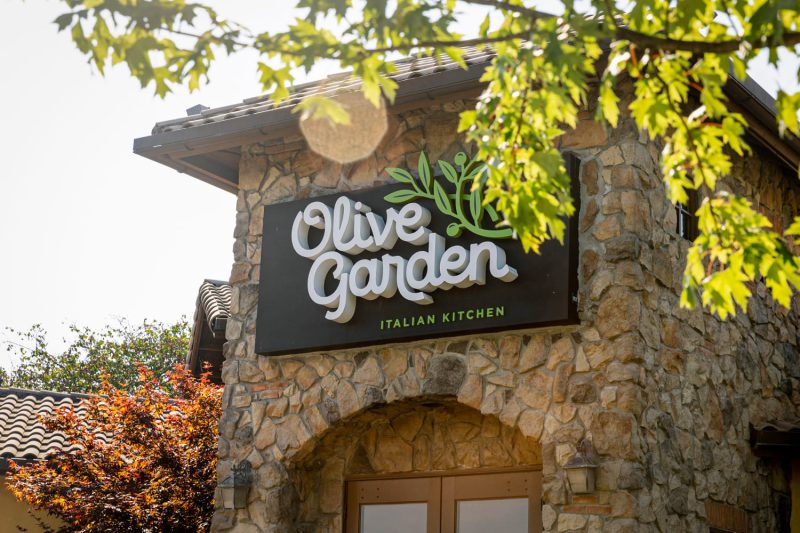In a recent analysis of Darden Restaurants’ earnings, a stark contrast emerged between the performance of two of its most prominent chains: LongHorn Steakhouse and Olive Garden. The disparity in their respective sales figures provides valuable insights into consumer preferences and the broader dining landscape.
LongHorn Steakhouse, known for its focus on high-quality steaks and American cuisine, saw a notable uptick in sales during the reporting period. This growth can be attributed to several factors, including favorable economic conditions, effective marketing strategies, and a strong brand image. With Americans showing a continued appetite for steakhouse dining experiences, LongHorn’s success is reflective of its ability to capitalize on this trend.
On the other hand, Olive Garden, Darden’s Italian-inspired chain, experienced a decline in sales during the same period. This downturn may be indicative of shifting consumer preferences away from traditional casual dining concepts or increased competition within the Italian cuisine segment. Olive Garden has historically been a staple in the casual dining scene, but in an evolving market landscape, it may need to adapt its menu offerings or marketing approach to remain competitive.
The divergent performance of these two chains underscores the importance of catering to changing consumer tastes and staying attuned to market dynamics. Success in the restaurant industry hinges on a delicate balance of innovation, consistency, and understanding of customer needs. While LongHorn’s growth signals its ability to resonate with consumers, Olive Garden’s decline serves as a reminder of the need for continuous evolution and reinvention.
Looking ahead, Darden Restaurants will likely leverage the strengths of its successful brands while identifying opportunities for improvement within its portfolio. By analyzing the performance of LongHorn Steakhouse and Olive Garden in tandem, Darden can gain valuable insights into the broader dining landscape and make strategic decisions to drive growth and profitability in the future. As the restaurant industry continues to evolve, adaptability and consumer-centric approaches will be key to sustained success in the competitive market.



























